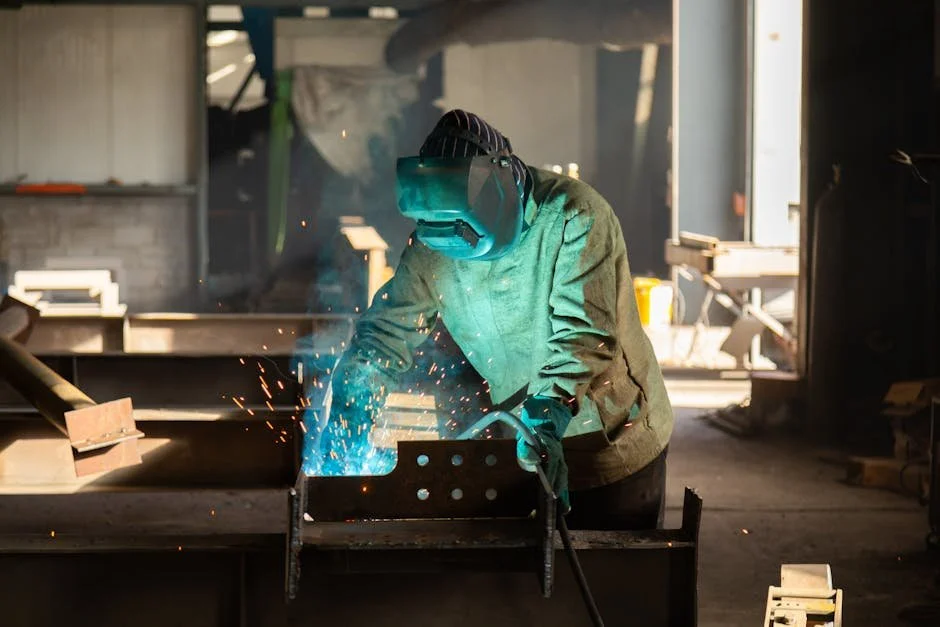4 Essential Tips for Choosing the Right Metal for Your Welding Project
When it comes to your welding project, selecting the right metal can make all the difference. From durability to workability, each metal has its own unique properties that can impact the outcome of your project. Exploring the world of metal alloys and understanding their strengths and reactivity is key to successfully navigating the weld shop.
1. Selecting the Ideal Metal Alloys
Choosing the ideal metal alloy for your welding project involves considering factors such as the metal's strength, corrosion resistance, and ease of welding. Each alloy has unique characteristics that can influence the weld's integrity and appearance. Steel, for example, is a popular choice for its strength and versatility, while aluminum is prized for its lightweight properties.
Before diving into your project, assess the specific requirements such as load-bearing capacity, environmental exposure, and aesthetic preferences. Understanding how different metal alloys interact with heat and stress is essential for selecting the right one for your weld shop masterpiece. By matching the alloy to your project's needs, you set the stage for a durable and visually appealing result.
Additionally, take into account the cost and availability of the metal alloys. While some alloys may offer superior properties, they could come at a higher price point or be harder to source. Balancing the alloy's benefits with practical considerations ensures a successful welding project that meets both your creative vision and budget.
2. Understanding Metal Strengths for Welding
The strength of a metal is a crucial factor in welding projects, as it determines the structural integrity and longevity of the finished product. Different metals have varying levels of strength, ductility, and hardness, which can impact how they respond to welding techniques. For instance, high-strength steels require specialized welding methods to prevent brittleness and maintain their toughness.
By gaining a deep understanding of metal strengths, welders can tailor their welding approach to the specific properties of the metal being used. Adjusting parameters such as heat input, welding speed, and filler material selection can enhance the weld joint's strength and ensure optimal performance under varying conditions.
Moreover, factor in any post-weld heat treatment requirements based on the metal's strength and composition. Proper heat treatment can improve the metal's properties, such as hardness and stress tolerance, adding another layer of durability to your welded structures. Mastering the interplay between metal strengths and welding techniques is key to achieving successful and long-lasting welds.
3. Exploring Metal Reactivity in Welding
Metal reactivity plays a significant role in the welding process, as certain metals are prone to oxidation, corrosion, or metallurgical changes when exposed to heat. Understanding how different metals react to welding environments is crucial for avoiding defects and ensuring strong weld joints. For instance, stainless steels are known for their high resistance to corrosion, making them suitable for applications requiring excellent durability.
To mitigate reactivity issues, welders can employ techniques such as shielding gases, fluxes, and pre-weld treatments to protect the metal surfaces during welding. Maintaining a clean welding environment and using the appropriate consumables can prevent contamination and preserve the integrity of the metal alloys. By addressing reactivity challenges upfront, welders can achieve clean, defect-free welds that meet the highest quality standards.
4. Optimizing Welding Techniques for Different Metals
Each metal alloy demands specific welding techniques to ensure successful fusion and structural integrity. From controlling heat input to choosing the right filler materials, optimizing welding techniques is essential for achieving strong, aesthetically pleasing welds. Experiment with different welding parameters and practices to find the ideal settings for each type of metal you work with.
Consider the thickness of the metal, joint configuration, and welding position when selecting the most suitable welding process. Whether you opt for gas metal arc welding (GMAW), shielded metal arc welding (SMAW), or tungsten inert gas welding (TIG), matching the technique to the metal's properties is key to a successful weld. Fine-tune your welding skills through practice and continuous learning to master the art of welding across various metal types.
